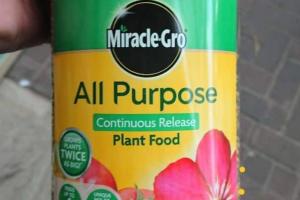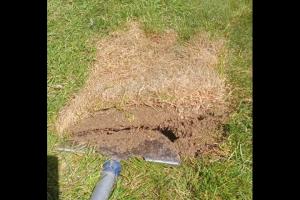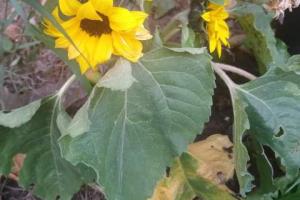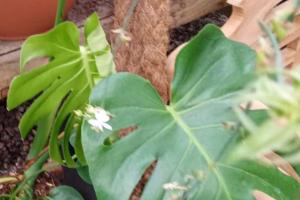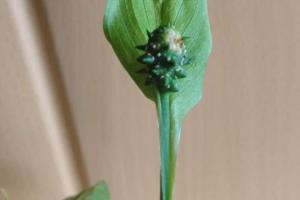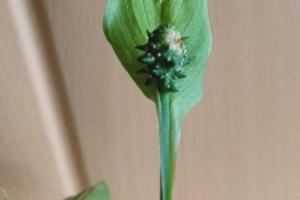Where Is Kansas City? See Its Map Location and State
Kansas City is one of the most well-known cities in the United States. It is home to famous barbecued food and a thriving jazz scene. The Missouri River flows through it and it has become an important city in the midwestern region of the country. Most people think it’s in Kansas because of its name, but in reality, KCMO is in Missouri.
Many people know about Kansas City and what it is known for, but do people know where it is? Do people know how far it is away from other major cities in the region? If you are wondering where the City of Fountains is, let’s take a look at where it is on the Missouri map. We’ll also explore the city’s geography, what the city is known for, the climate in the city, and other facts about KCMO.
Where is Kansas City Located on the Map?
Kansas City is a city in the state of Missouri, which is located in the midwestern part of the country. Kansas City is straddled on the border between Missouri and Kansas with State Line Road as the dividing line between Kansas City, Missouri, and the much smaller Kansas City, Kansas.
But where is Kansas City on the map? Let’s take a look below.
How Far is Kansas City from Other Major Cities in the South?
Kansas City is in the midwestern region of the United States, right smack in the middle, straddling the border between Missouri (where it’s located) and Kansas. It’s a major city and easily accessible to other cities in the state and region. Let’s take a look at how far Kansas City is from other cities.
| Jefferson City, MO | 42,772 | 134 miles |
| Topeka, KS | 125,963 | 59 miles |
| Indianapolis, IN | 882,039 | 452 miles |
| Lincoln, NE | 292,657 | 162 miles |
| Frankfort, KY | 28,595 | 527 miles |
| Atlanta, GA | 496,461 | 676 miles |
| St. Louis, MO | 293,310 | 238 miles |
| Oklahoma City, OK | 687,725 | 298 miles |
| Des Moines, IA | 212,031 | 180 miles |
| Saint Paul, MN | 307,193 | 411 miles |
Is Kansas City a Good Place to Live?
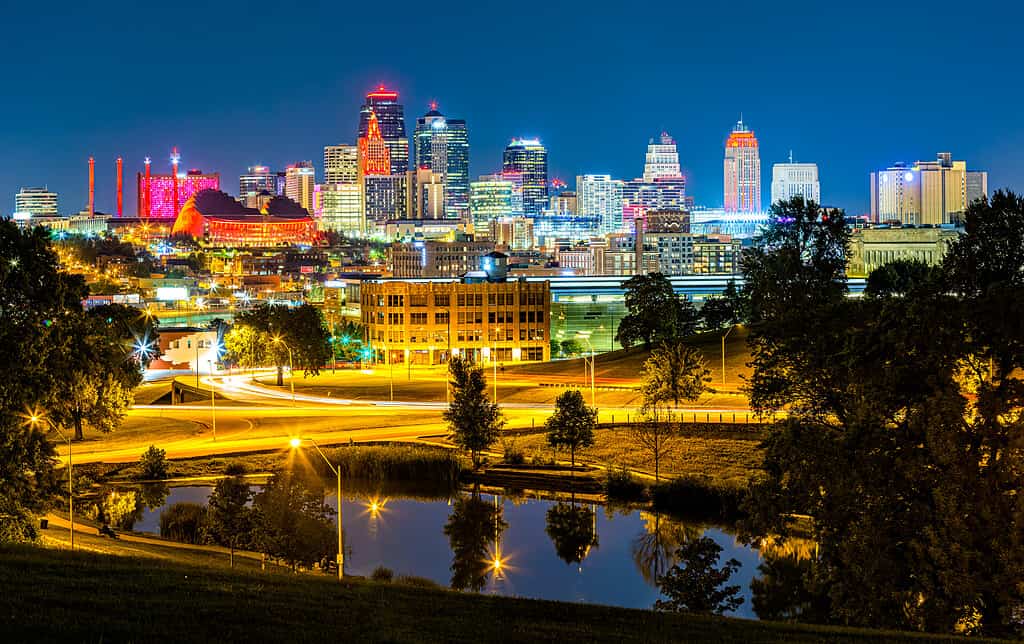
©Ultima_Gaina/iStock via Getty Images
Kansas City, MO is a really attractive place to live because of its cost of living. It’s about 30% lower than New York City. This is especially important if you have a remote job and want to save money. KCMO also has an amazing food scene — BBQ, Italian, Mexican, you name it, they have it! The City of Fountains is also home to many sports teams and if you love sports, this city will be perfect for you. You can go to a football game, baseball game, or soccer match. And if you’re more of a music lover, you’ll have great options, too.
With all good things, however, there are also cons. The public transportation system is lacking in the city, with people having to depend on their cars to transport to the city center. Kansas City also gets quite cold in winter, so if you aren’t used to that, you should beware. Lastly, if you’re hoping to catch a beach day, you won’t be able to. Kansas City is landlocked. However, you could go down to the river and have a tiny picnic with your friends.
What Is the Climate in Kansas City?
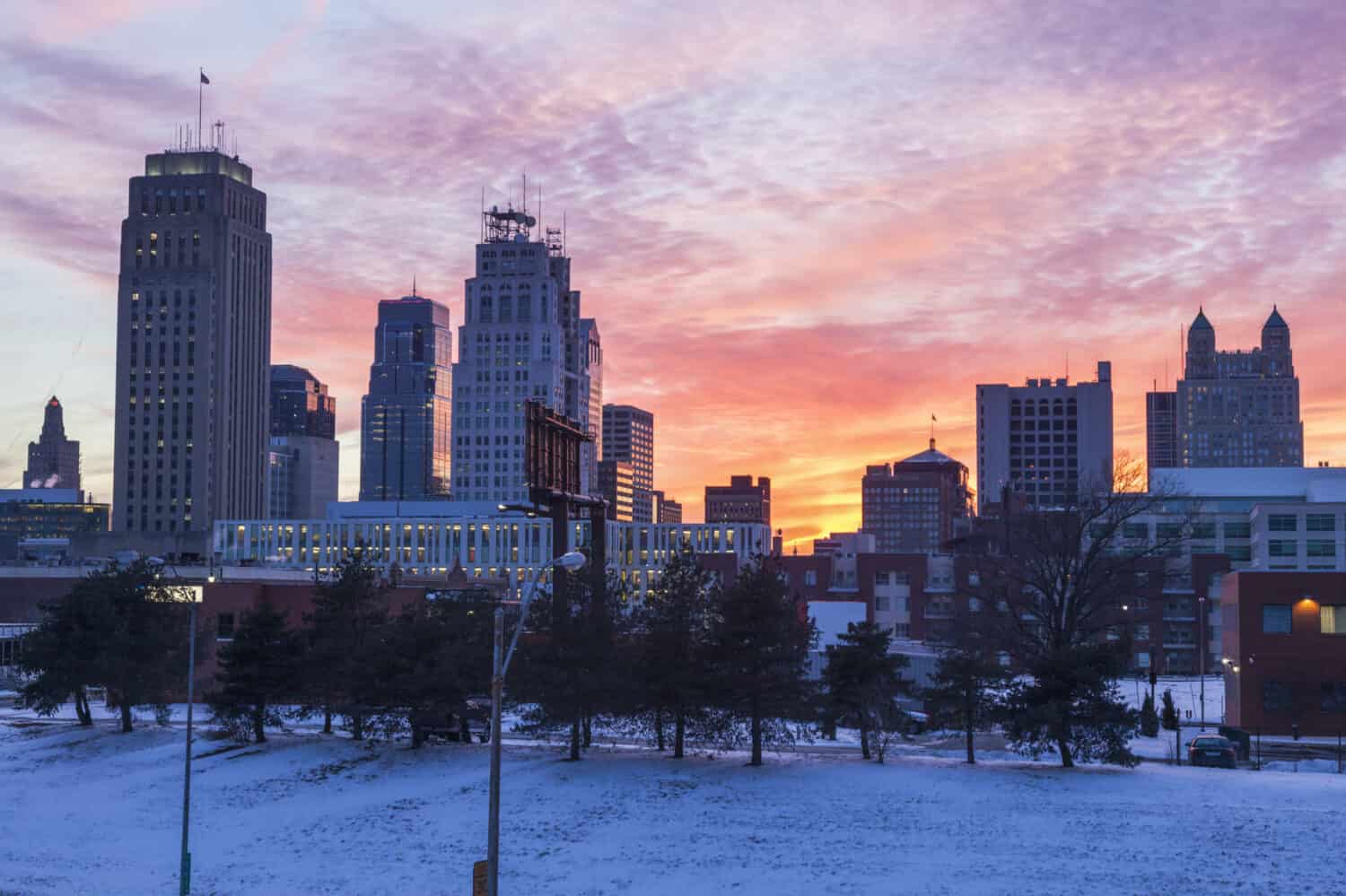
©Henryk Sadura/Shutterstock.com
Kansas City is in the geographic center of the United States, which means it gets the unique pleasure of having two climates within the same city. Depending on where you are, you either will experience a humid continental climate or a humid subtropical climate. The city gets all four seasons and winters can get harsh.
In terms of record temperatures, Kansas City’s hottest temperature was 113 degrees Fahrenheit (45 degrees Celsius) on August 14, 1936. Kansas City’s coldest temperature was -23 degrees Fahrenheit (-31 degrees Celsius) on December 22 and 23, 1989.
Kansas City is not immune to natural disasters. Remember the Wizard of Oz and the tornado that transported Dorothy to Oz? Well, Kansas City is located in Tornado Alley, an area where the prevalence of tornadoes is very high. The city has experienced several harsh ones that have caused a lot of damage, including in 1957 and 2003. The city also experiences ice storms during the winter and huge floods, as well.
The Geography of Kansas City
Kansas City is in the midwestern region of the US, right smack in the middle of the country. It has rolling plans and is surrounded by limestone and bedrock cliffs. The Missouri and Kansas Rivers pass by the city. Although the city proper has 500,000 people, the urban population reaches 1.6 million. KCMO is 318 square miles with 314 square miles of land.
What Is Kansas City Most Known For?
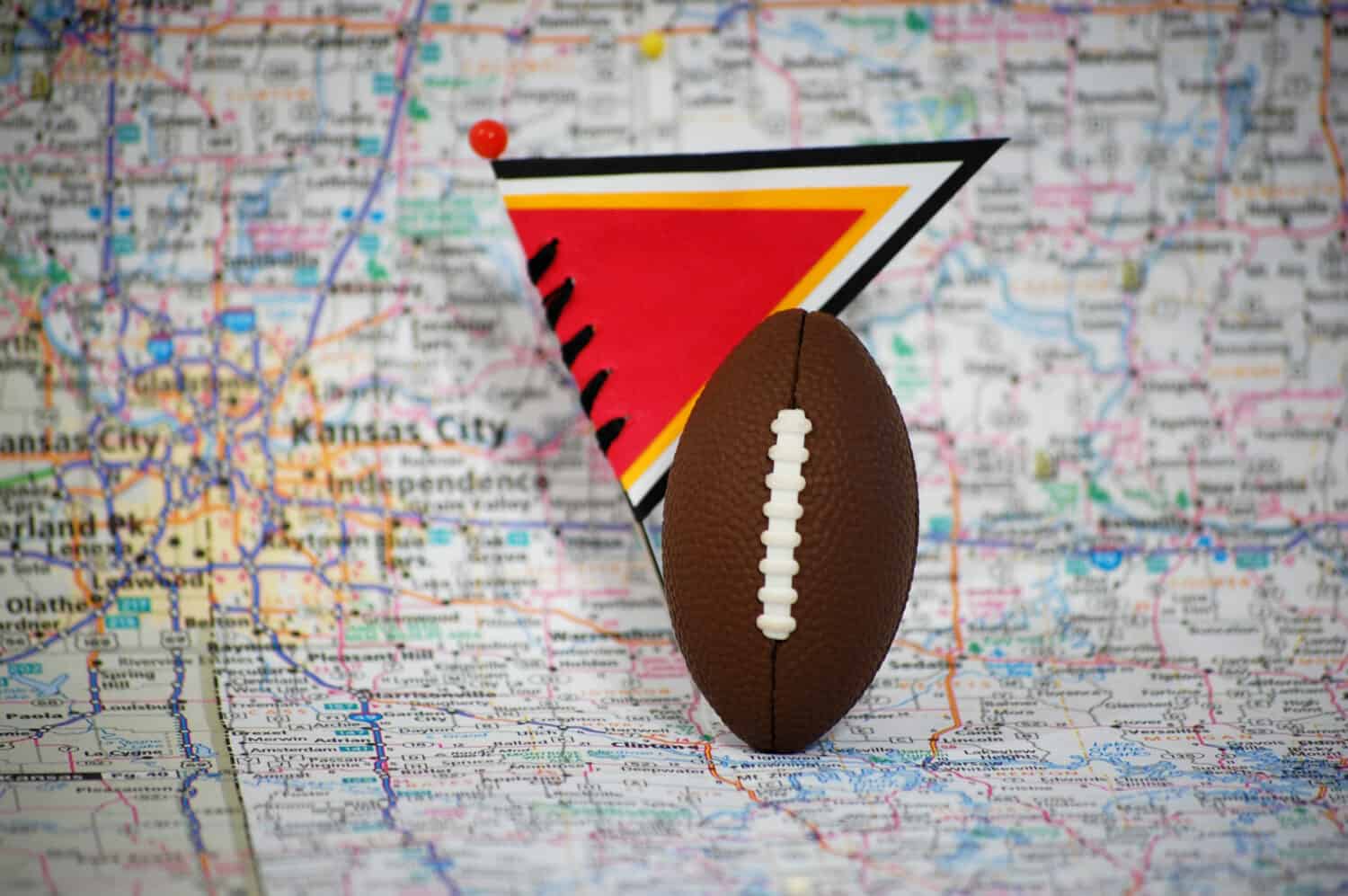
©Jacqueline Dickens/Shutterstock.com
Kansas City is arguably one of the most famous cities in the United States. Sure, it’s landlocked but it still has its charm that’s attractive to many people. The nightlife, foodie, and jazz scene even rivals New Orleans.
For those wanting some historical and cultural learning, head to the Kansas City Museum. You’ll learn all about the history of the city. You can then walk around the city center to check out the city’s wondrous murals and finish the day at an art museum. Of course, Kansas City is world-famous for its BBQ food, so you have to head to a restaurant to try some delicious barbecued meats. Squeeze in a sports game because Kansas City is a huge sports town and is home to several awesome teams.
For nature lovers out there, Kansas City is also home to several parks and nature trails. There are many fun-filled activities you can do, especially hikes and trails. Rozarks Nature Trail or Amity Woods Nature Park are the most popular to explore nature and see the wildlife in the region.
Facts About Kansas City
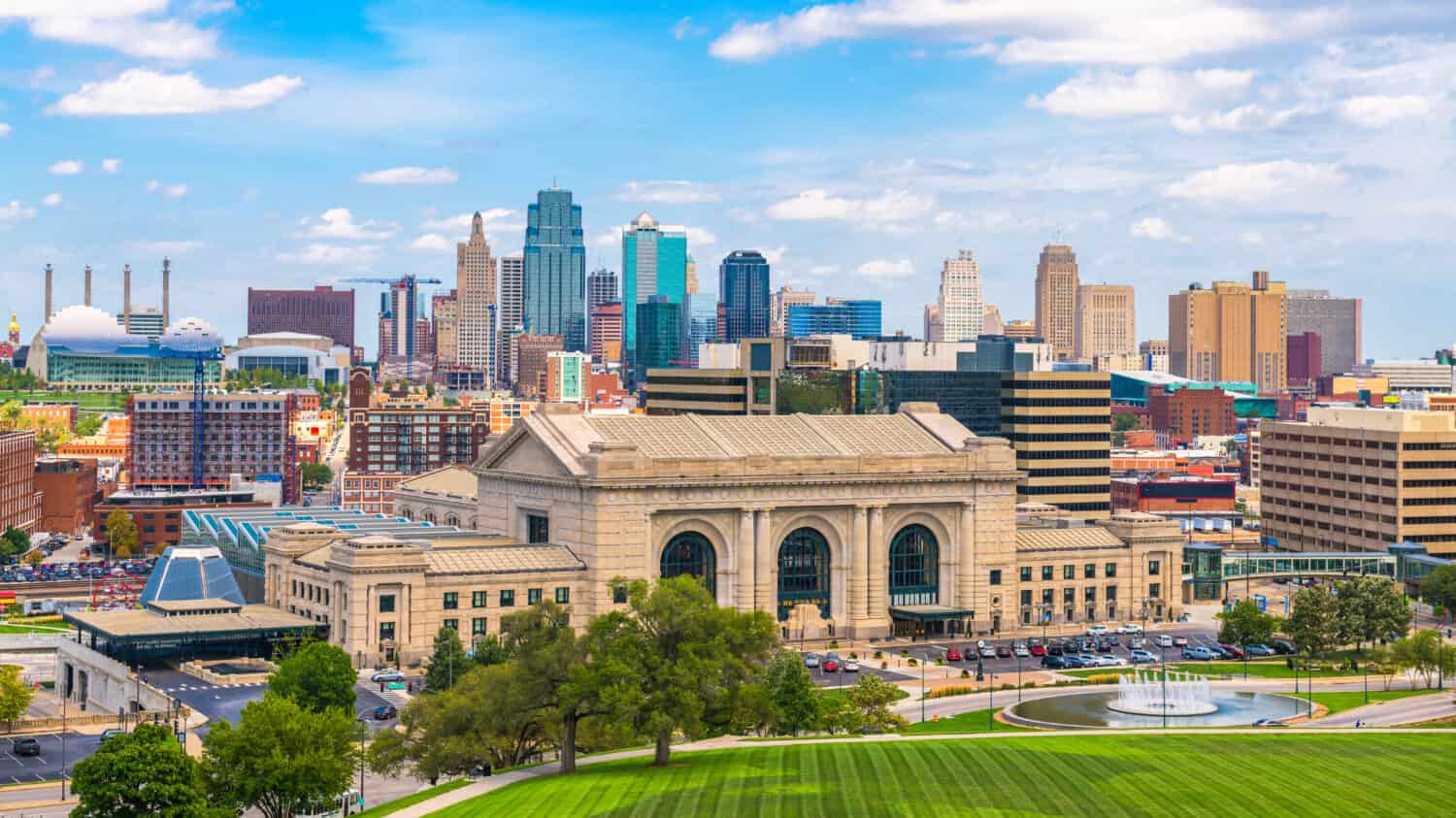
©Sean Pavone/Shutterstock.com
- Population: 508,090 (1.6 million urban)
- Mayor: Quinton Lucas
- City Manager: Brian Platt
- Founded: June 1, 1850 (as the town of Kansas)
Conclusion
Kansas City is a beautiful city. Not many people think it’s so attractive because of it being landlocked or in the so-called flyover country. Don’t be fooled by what people say, Kansas City’s urban population is big and it’s getting bigger. KCMO truly has its charm. It has a throwing food and jazz scene. It has avid sports fans that will make games in the city exciting. Kansas Citians are friendly people who will welcome anyone. The city offers visitors and new residents so much to do.
Of course, like any other city, Kansas City has its problems. It experiences all the seasons and winters can be harsh. The cost of living is low, but there isn’t a big public transportation system, which means you have to rely heavily on your car. There are issues that the Kansas City City Council needs to address. But the fact that KCMO is thriving, growing rapidly, and already a top-notch place with good schools, universities, and jobs is a great thing.
At the end of the day, Kansas City is going down a path of success and filled with amazing opportunities for young people, families, and everyone else in between. The charm, culture, and friendliness of Kansas Citians are unique and amazing. That’s why Kansas City is known as the “Heart of America.”



